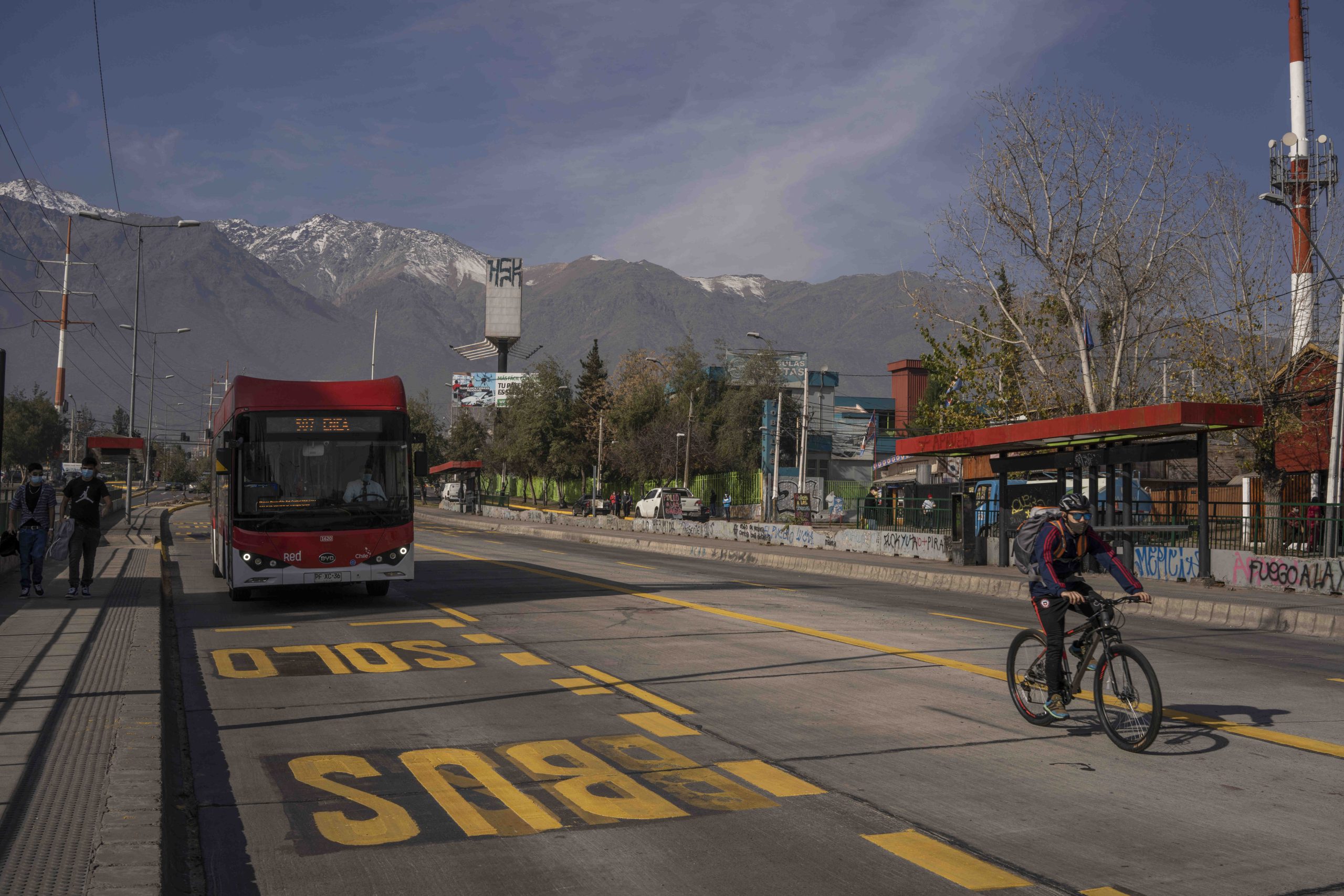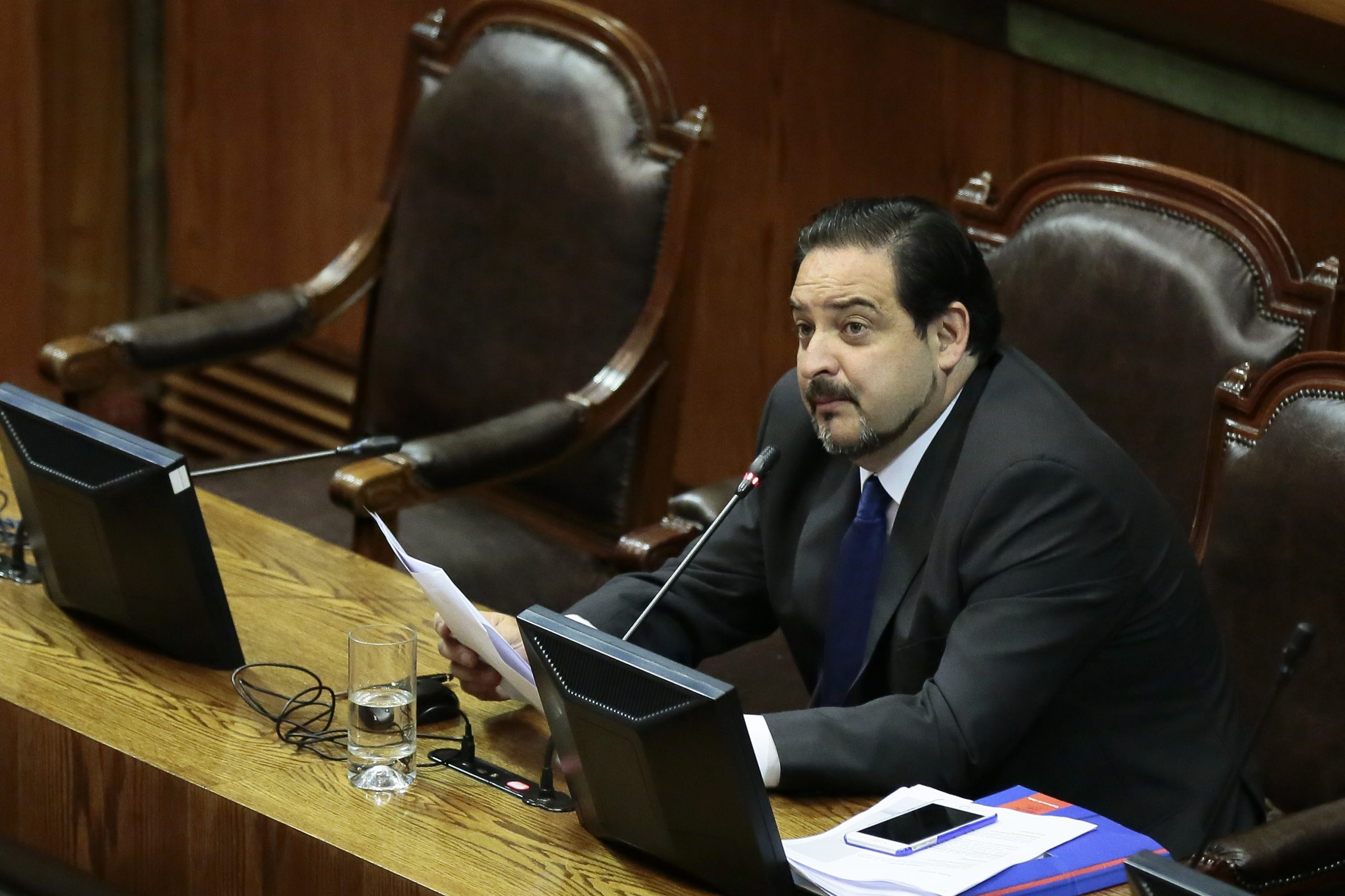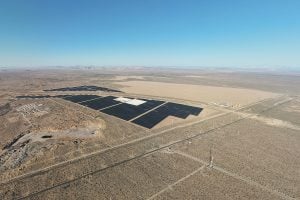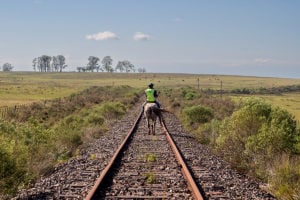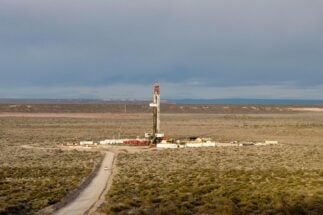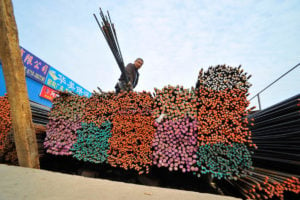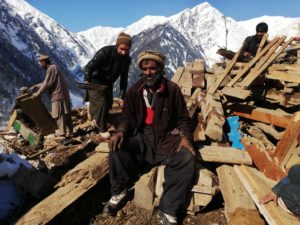Energy transitions are gaining momentum across Latin America. The region has ambitious plans to increase solar and wind power in the short term and is positioning itself as a global supplier of critical minerals. Yet, simultaneously, several of its countries are continuing to pursue expansion in the oil and gas sector.
This is why Andrés Rebolledo, executive secretary of the Latin American Energy Organisation (OLADE), a body that works with and advises 27 countries in the region on their energy sectors, says there are “different versions” of Latin America’s transition – with each country showing varying ambition according to its social and economic needs.
In an interview with Diálogo Chino, Rebolledo, who took office in March this year, argues that all the region’s countries are committed to reducing emissions generated by their energy sectors. He also said that he supports the role of natural gas as a transition fuel, and believes that Latin America has a unique opportunity within the global energy transition.
Diálogo Chino: Given the diversity of Latin American countries’ energy mixes, is it possible to find common ground between governments on the energy transition?
Andrés Rebolledo: Diversity is the central characteristic of Latin America when it comes to energy. We are a region rich in resources. The diversity of the resources we have means they complement each other, and that is why there is great potential to advance integration. Countries are making efforts to transform their energy sector. They are all committed to moving towards a more sustainable model, regardless of what resources they have. What we have, therefore, are different versions of the transition, with different paces and objectives.
How is integration on energy issues among the countries of Latin America today?
The region has interesting degrees of integration in the electricity market, especially at the sub-regional level. We have a big gap compared to other, more integrated continents such as Europe, but there are sub-regions that have made progress. We need to move towards more regional integration, but this requires political will.
Where there is an interesting space for integration is in gas. It is a necessary transition fuel and will be around for many years to come, even when countries become carbon neutral. As we have countries with a large supply of gas and others that do not, they will be able to work together.
Gas will be around for many years to come, even when countries become carbon neutralAndrés Rebolledo, executive secretary, OLADE
Why do you see gas as a necessary transition fuel?
Until an answer is found regarding the penetration of variable renewables on a massive scale through storage, energy is needed that has a smaller footprint and ensures energy security. There are various solutions, such as batteries and green hydrogen, but the problem is that they are all still under development. In the meantime, we must provide security for our populations and production systems, and gas has a role to play in responding to this need.
Variable renewable energy (VRE) or intermittent renewable energy sources (IRES) are renewable energy sources that are not available on demand because of their fluctuating nature. Examples of VRE sources include solar and wind power. They are different to controllable renewable energy sources, including biomass or hydroelectricity generated from dams, or sources that offer more consistency, such as geothermal power.
Penetration refers to the amount of electricity generated by a particular source as a percentage of total generation or consumption.
Can the revenue from gas expansion be a resource to drive financing for renewables?
From a financing perspective, there are multiple answers, and they go beyond what we can achieve with gas revenues. It is a challenge in itself: Latin America needs millions of dollars’ worth of investment to reach carbon neutrality by 2050, and public funds compete with other obvious social needs. Gas revenues can help, but will not alone solve the problem. Financing responds to regulation and investment signals, and this requires planning and state visions that transcend governments.
The need for finance for energy transitions is so high in part because of the amount of imported infrastructure. Is it possible for Latin America to add more value domestically?
This is a recurring question in the region that goes beyond its energy sector and has to do with [countries’] productive profile. Latin America has to look for spaces where it can be competitive on the basis of our comparative advantages. It is possible to make progress, but this must be done pragmatically. In terms of critical minerals, countries probably have to imagine being at the first stage of the value chain and supplying the rest from there. Where there is also value added is in the renewable energy services sector, such as construction and maintenance.
What role is the concept of a “just transition” playing in the region, in countries’ attempts to change their energy mixes?
Hydrocarbons still have a role in the economies of a number of Latin American countries, which are committing to change and adding renewables based on their political and economic circumstances. These are energy sources that will remain in our energy mix for a few more years – but in the meantime, we need to think about the impact that the transition could have on people, their jobs and their territory. Just transition has to be a central element for decision-makers. Countries are already incorporating [the concept], which allows for more sustainable and viable transitions to occur.
From wind farms in Colombia to green hydrogen facilities in Uruguay, the transition is in some cases causing tensions with local communities. What needs to be taken into account to avoid these risks?
Transparency is essential. Companies have to share information on the impact that their project may have [on a community], considering that every productive project will have an impact. The systematic and structured participation of all stakeholders is required, and there are already legal provisions for this. If companies do not do so, projects will not be viable. Communities can also be part of the business, so that it offers concrete results for inhabitants.
What role can Latin America play in the development of green hydrogen?
In green hydrogen, there is an important opportunity for the region to develop a new productive sector on a global scale. The potential arises from the high penetration of renewables in Latin America, which is more than any other region in the world. Countries have already incorporated the issue [into law] and developed strategies and roadmaps – some even have the first pilots underway. However, there are two things in the industry that have yet to be resolved: one is that it is not cost-efficient yet, so it cannot be mass produced. The other is that it is not clear where the demand will come from: mining, electromobility or other sectors.
There is growing interest from China, the European Union and the United States in Latin America’s green hydrogen and critical minerals. How can the region position itself in this respect?
Latin America is in an expectant position when it comes to global energy development, and we can play a role that allows us to take advantage of that opportunity. Whether or not we will be able to do so depends on us, as all global players are in talks with countries in the region. There is going to be much more demand for critical minerals than there is supply, and we should not be competing with each other – there is room to collaborate whilst meeting the collective demand, with some space for industrial development.
Emissions from the energy sector continue to rise despite the expansion of renewables. How advanced is the transition globally and in Latin America?
The transition has been happening progressively, but has had moments of differing intensity. The trajectory can be affected at certain times by energy security issues: the International Energy Agency is now talking about the resurgence of coal in the last year due to the current situation [the global energy crisis]. The transition is inevitable, but there will be some divergences along the way, and the same will happen in Latin America. There is a 15-country target of achieving 70% renewables [in the electricity mix] by 2030. We are working to raise that ambition and bring more countries on board before COP28.
